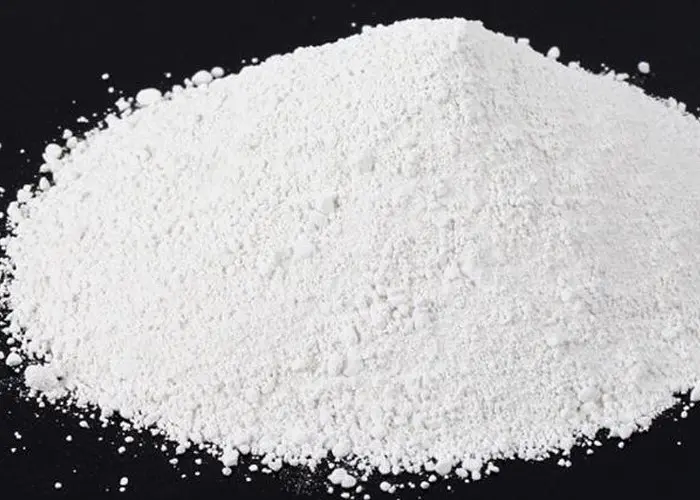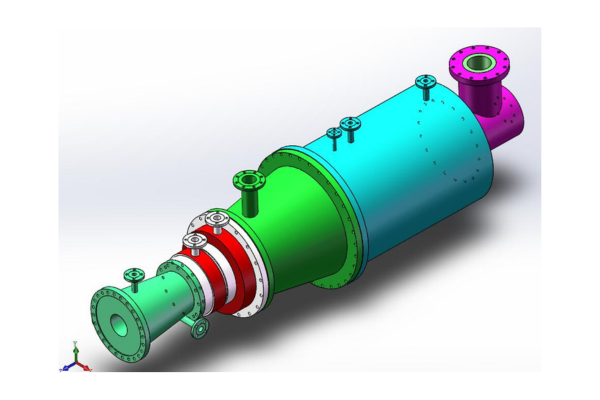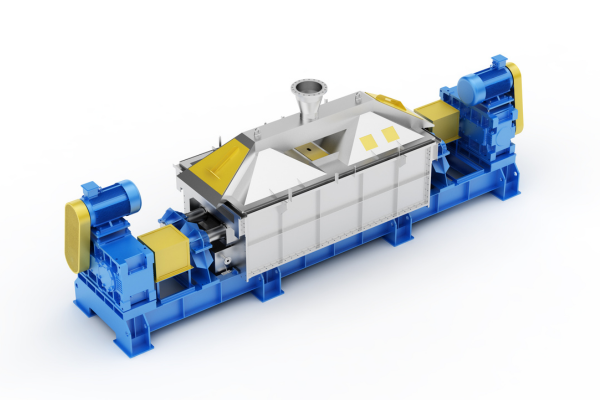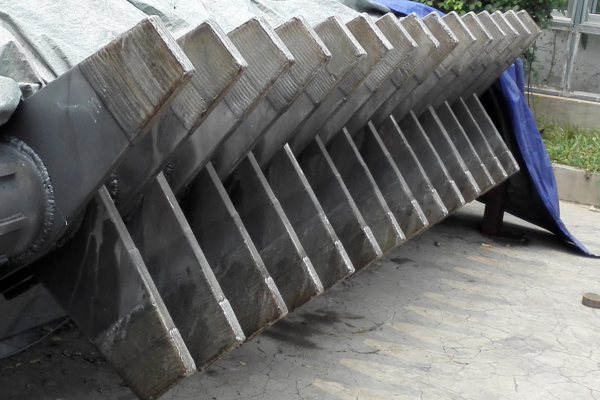Telephone
Manufacture takes place by either the sulfate process or the chloride process and the main raw materials include ilmenite (FeO/TiO2), naturally occurring rutile, or titanium slag. In essence the process converts the impure TiO2 feedstock into an easy to purify intermediate, separates out the impurities then converts back to pure TiO2

It is known to produce rutile titanium dioxide by oxidising TiCl4in the presence of AlCl3and PCl3. The AlCl3, used normally in an amount such as to provide from 2 % to 4 % by weight Al2O3in the product, is essential in order to produce the rutile structure but is of disadvantage in that it leads to corrosion of metallic reactor surfaces. The invention reduces the amount of AlCl3necessary to provide the rutile structure, and thereby enables this disadvantage to be minimized, by introducing the PCl3after the AlCl3and when the TiCl4conversion has reached 80% by weight or more.

Continuous acidolysis is characterized by high acid decomposition rate, low acid consumption, high degree automation, less equipment occupation area, less emissions, and high waste acid recovery. Its advantages in environmental aspects, such as continuous emission of acidolysis tail gas, low sulphuric content, and easy to dispose, were reviewed; furthermore, when the waste acid was concentrated to 60%, it can be returned to acidolysis process, and the waste acid reuse rate could reach 100%. Titanium slag continuous acidolysis technique has wide prospect in TiO2 production by sulfuric acid process. Continuous acidolysis process technology are widely used worldwide, and most of the sulfate process use continuous acidolysis process.

Abrasive resistant overlap welding refers to a method of reinforcing or repairing parts that are subject to wear from abrasive materials. In this process, welding is done in such a way that multiple weld beads overlap, creating a stronger, more wear-resistant surface. This technique can extend the life of equipment that comes into contact with abrasive materials by providing an additional layer of protection against wear and tear.











